It starts quietly. A student who used to love math begins skipping class. A teenager stops hanging out with friends, spends hours listening to music with headphones on, muttering to themselves. A parent notices their adult child hasn’t showered in days, talks about the TV giving them secret messages, and seems convinced neighbors are watching through the walls. These aren’t just phases. They’re red flags - and they’re more common than most people realize.
Psychosis isn’t a diagnosis. It’s a break from reality. People experiencing it might hear voices others can’t, believe things that aren’t true, or struggle to organize their thoughts. But here’s the thing: psychosis doesn’t come out of nowhere. There’s a window - often months or even a year - before things escalate. And during that time, help can change everything.
What Do Early Warning Signs Actually Look Like?
Early psychosis doesn’t always mean hearing screaming voices or seeing demons. That’s the Hollywood version. Real early signs are subtle, messy, and often mistaken for teenage moodiness, burnout, or laziness.
Think about this: a 17-year-old who used to get straight A’s now turns in blank tests. They used to talk nonstop about their band, now they answer questions with one-word replies. They’ve stopped going to soccer practice. They’re jumpy around people they used to trust. They say the radio is talking to them - not in a poetic way, but with real fear in their voice.
According to the National Alliance on Mental Illness, 78% of people experiencing their first episode of psychosis show a clear drop in school or job performance. Eighty-five percent struggle with concentration. Two out of three feel uneasy around others, even family. More than half stop taking care of basic hygiene. And 71% withdraw completely from social life.
These aren’t just symptoms. They’re signals. The brain is struggling to filter information. Sounds become too loud. Colors too bright. A passing car’s horn might feel like a personal attack. A stranger’s glance might feel like a threat. Thoughts race and then vanish mid-sentence. You start believing your thoughts are being broadcasted, or that you’re being watched by hidden cameras.
And here’s what’s critical: in the early stages, many people still know something’s wrong. They might say, “I know this isn’t real, but I can’t make it stop.” That awareness is the window. Once it’s gone, the person fully loses touch with reality. That’s when hospitalization often becomes necessary. But if caught early? Recovery is not just possible - it’s likely.
Why Timing Matters More Than You Think
Every week without treatment makes recovery harder.
In the U.S., the average person with first-episode psychosis goes untreated for 74 weeks - almost a year and a half. That’s not just a delay. That’s a cascade. The longer the brain is stuck in this altered state, the more neural pathways get rewired around the psychosis. It becomes the new normal.
Dr. Lisa Dixon from Columbia University found that each additional month of untreated psychosis increases recovery time by 5-7% and cuts the chance of returning to work or school by 3.2%. That’s not a small number. That’s a life path changing.
Compare that to someone who gets help within three months. Their symptoms improve faster. They’re more likely to finish college. Keep a job. Maintain relationships. Stay out of the hospital. One study showed that early intervention led to a 60% better long-term outcome than waiting.
This isn’t theory. It’s data. And it’s why experts call the first two years after the first psychotic episode the “critical period.” If you don’t act then, you risk turning a treatable condition into a chronic one.
What Is Coordinated Specialty Care - And Why It’s a Game Changer
Coordinated Specialty Care, or CSC, is the gold standard for treating first-episode psychosis. It’s not one therapy. It’s a team. A full support system built around the person - not the diagnosis.
Here’s how it works:
- Case management: A case manager visits you at home, helps you navigate appointments, and stays in touch weekly. No one falls through the cracks.
- Family education: Families aren’t bystanders. They get 12-20 sessions of training to understand psychosis, reduce stress at home, and learn how to support without enabling.
- Therapy: Cognitive Behavioral Therapy for psychosis (CBTp) helps people question strange beliefs without dismissing them. It’s not about “fixing” the person - it’s about helping them live with uncertainty.
- Work and school support: If you want to go back to school or get a job, CSC helps you do it - with accommodations, tutoring, or job coaching. Eighty percent of participants re-enter education or employment within three months.
- Medication management: Antipsychotics are used, but carefully. Doses start low - 25-50% of adult levels - and are adjusted based on response, not guesswork. Side effects are monitored closely.
The results? People in CSC programs are 58% more likely to see a drop in hallucinations and delusions. They’re 42% more likely to function well in daily life. And they’re 35% more likely to stick with treatment.
And the cost? It pays for itself. For every $1 spent on CSC, $17.50 is saved in reduced hospital stays, emergency room visits, and lost productivity. That’s not just smart medicine. It’s smart economics.

Where Can You Find This Care?
As of 2025, there are 347 certified CSC programs across 48 U.S. states. That sounds like progress - and it is. But here’s the gap: only 42% of people with first-episode psychosis get into CSC within the critical two-year window.
Why? Because most people don’t know it exists. Primary care doctors don’t always recognize the signs. Schools don’t have training. Families panic and rush to the ER - where they’re often given a pill and sent home with no follow-up.
Some places are fixing this. Oregon’s EASA program trained school nurses and pediatricians to spot early signs. They cut the average time from first symptom to treatment from 112 weeks to 26 weeks. That’s a massive win.
If you suspect psychosis, don’t wait. Use the 16-item Prodromal Questionnaire (PQ-16). A score of 8 or higher means you need a full clinical assessment. Call a local mental health clinic. Ask: “Do you have a Coordinated Specialty Care program for first-episode psychosis?” If they say no, ask for a referral to the nearest one.
Medicaid now requires CSC services by 2025. Thirty-two states already have billing codes for it. That means it’s not just available - it’s funded.
What About Medication? Is It Necessary?
Medication is part of CSC - but it’s not the whole story. And it’s not a one-size-fits-all.
Second-generation antipsychotics (like risperidone, olanzapine, aripiprazole) are used first. But doses are kept low to start. Side effects like weight gain, drowsiness, or tremors are monitored weekly. If they’re too much, the drug is switched.
Some people do well without meds. Others need them long-term. The goal isn’t to “cure” psychosis with pills. It’s to reduce the intensity of symptoms enough so therapy, work, and relationships can take root.
And yes - there’s risk. Overdiagnosis is a real concern. One study found screening tools give false positives in 30-40% of cases. That’s why a full clinical evaluation by a trained team is non-negotiable. No one should be medicated based on a phone call or a questionnaire alone.
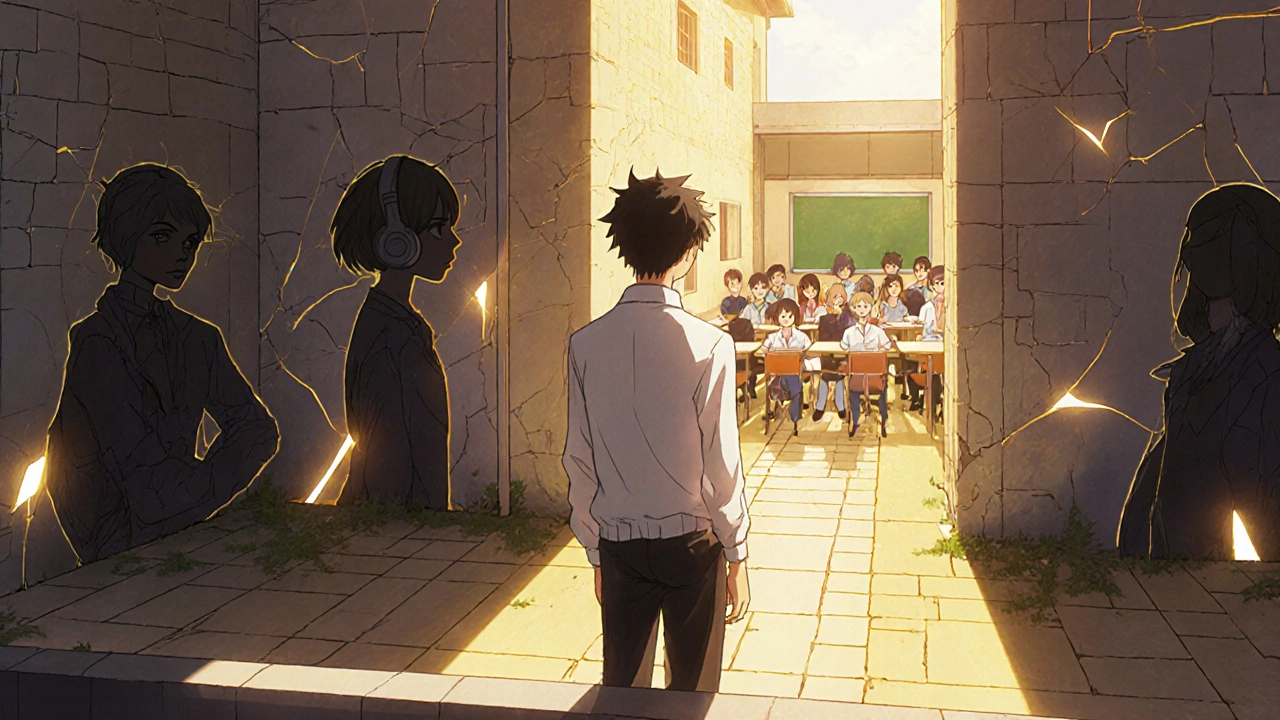
What Happens After Treatment?
CSC doesn’t end when symptoms fade. Recovery is a journey - not a finish line.
After the first year, the team gradually reduces visits. But support doesn’t vanish. Many programs offer “transition care” - monthly check-ins, peer support groups, and continued help with school or jobs for up to five years.
And outcomes? The new Early Psychosis Intervention Network (EPINET) found 63% of participants achieve full symptom remission within a year. That’s higher than any previous model.
People go back to college. Start careers. Get married. Have kids. Live full lives. Not because they were “fixed,” but because they got the right help at the right time.
What If You’re Not Sure?
That’s okay. You don’t need to be certain to act.
If someone you care about is showing three or more of these signs - a drop in performance, social withdrawal, strange beliefs, trouble thinking clearly, or poor hygiene - don’t wait for it to get worse.
Call a local mental health center. Ask for an early psychosis assessment. Bring a list of what you’ve noticed. Write down dates. Record changes. Don’t assume it’s just stress. Don’t hope it’ll pass.
Early psychosis isn’t a life sentence. It’s a detour. And with the right support, most people find their way back - stronger, wiser, and more resilient than before.
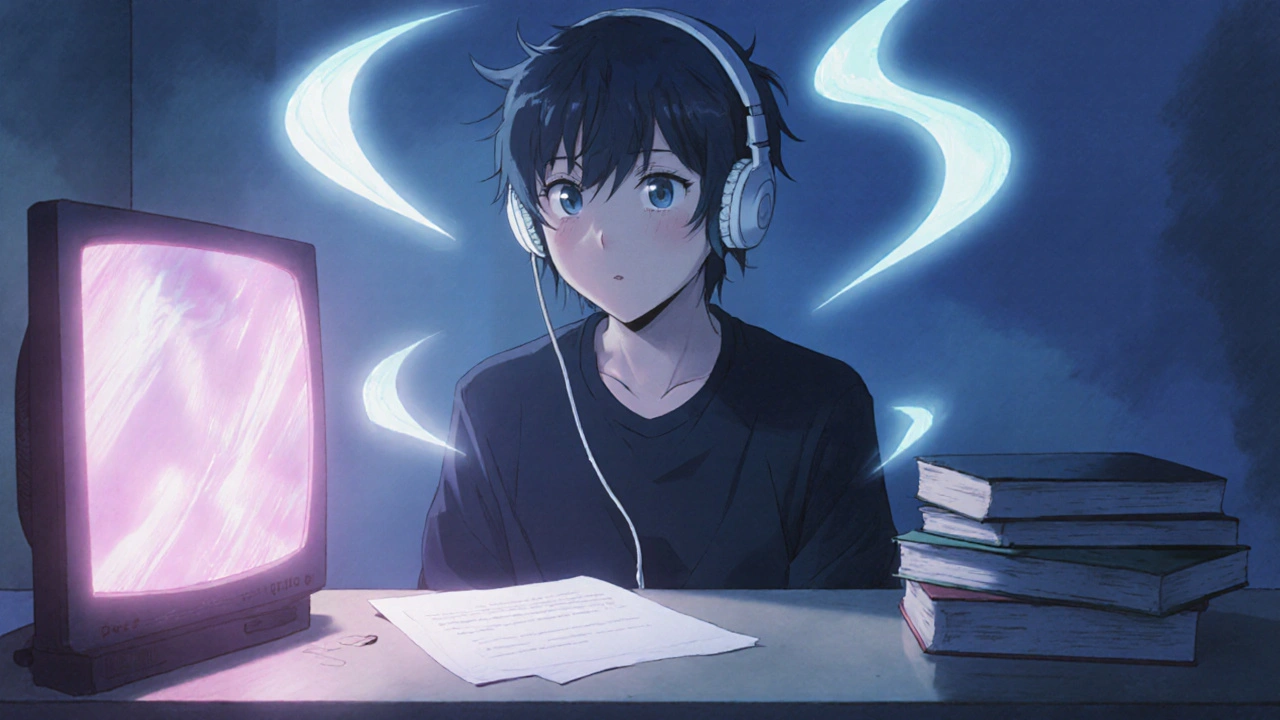

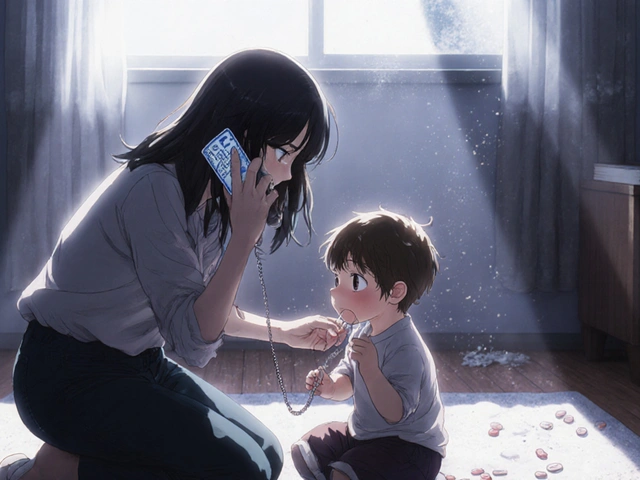

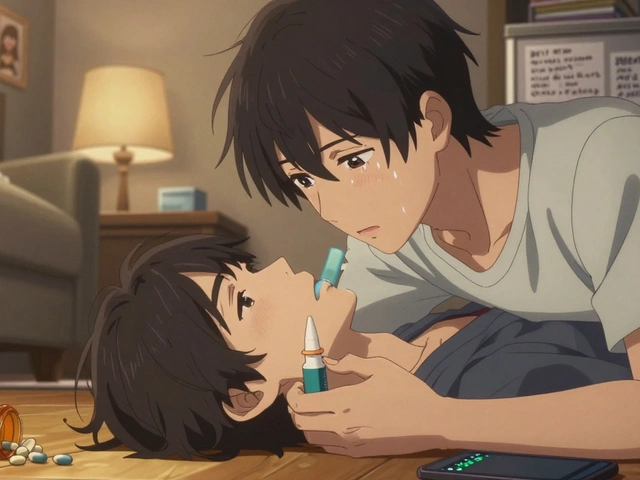

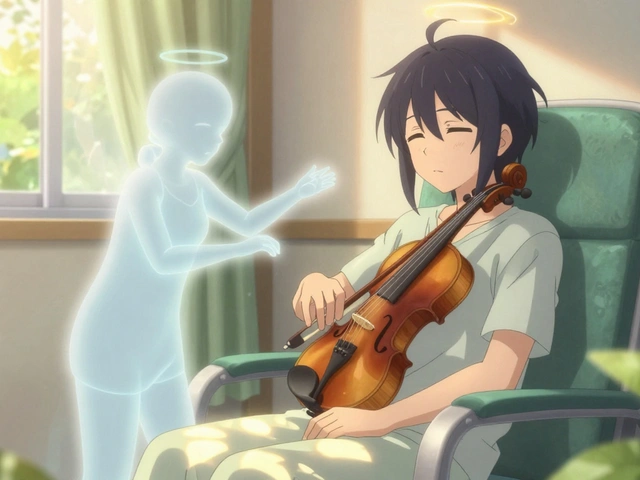
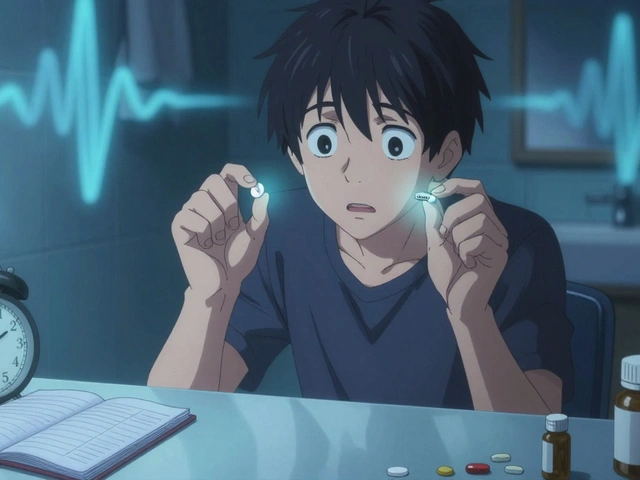
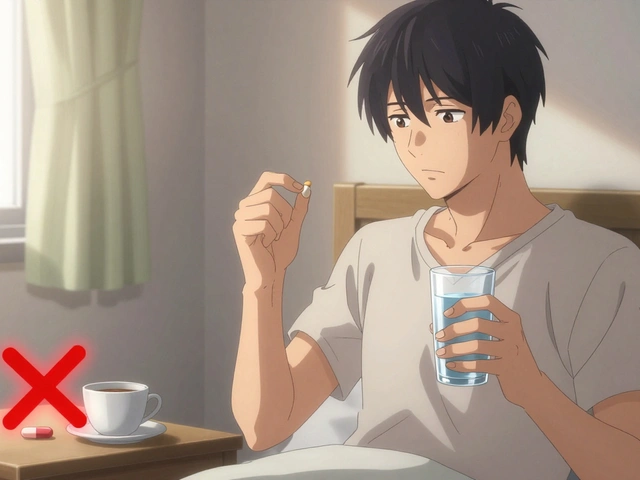
Nikki C
Early psychosis isn't some horror movie. It's your cousin who stopped texting back and started staring at the ceiling like it's talking. I saw it in my brother. We thought he was just depressed. Turns out his brain was glitching. CSC saved him. He's teaching piano now. No meds. Just support. People need to stop waiting for a meltdown before they care.
Rachael Gallagher
This is why America's mental health system is a joke. We wait until someone's screaming at pigeons before we do anything. Then we throw them in a hospital and call it a day. No one trains teachers. No one checks in. We're not fixing the problem. We're just cleaning up the mess after it blows up.
akhilesh jha
In India, we don't have CSC programs. We have mothers who sit with their sons all night because they think the TV is cursing them. No doctors. No therapy. Just silence and prayer. I wish someone had known about this when my uncle vanished into his own mind. No one talked about it. No one dared.
steven patiño palacio
The data here is undeniable. Early intervention isn't just compassionate-it's clinically superior. The 60% better long-term outcome statistic alone should mandate nationwide implementation. Coordinated Specialty Care is not a luxury. It's the minimum standard of care for a neurodevelopmental condition with demonstrable trajectories of deterioration. We owe it to young people to act before irreversible neural adaptation occurs.
Alex Dubrovin
I used to think people who talked to themselves were weird. Then my sister started doing it. She stopped eating. Said the microwave was judging her. I didn't know what to do. I called a hotline. They sent someone to our house. Two weeks later she was back in school. No jail. No meds. Just someone who listened. This needs to be everywhere.
Natashia Luu
While I appreciate the well-intentioned narrative, one must acknowledge that the medicalization of adolescent behavioral variance is a dangerous precedent. Many of the behaviors described are normative developmental fluctuations exacerbated by screen saturation and social fragmentation. To pathologize withdrawal, quietness, or eccentric thought patterns without rigorous differential diagnosis risks creating a generation of patients where none are needed. The pharmaceutical-industrial complex thrives on vague diagnostic criteria.
Akash Chopda
TVs dont talk but they watch you. The government uses the signals to track people who think too much. They know when you read this. They know you care. Thats why they made this article. To make you feel safe. But you are not safe. The system is the illness.
stephanie Hill
They say CSC works but have you seen the waiting lists? My cousin got diagnosed in 2022. Still waiting for her first therapy session. The system is broken. They give you a pamphlet and a 6-month wait. Meanwhile your kid is living in a nightmare. And the worst part? They blame the family. Like we're not doing enough. We're drowning and they hand us a teacup.
Jacob McConaghy
Just want to say thank you for writing this. I work in a high school. We had a kid last year who stopped showing up. We called his mom. She said he was just lazy. We didn't know about PQ-16. We didn't know CSC existed. He dropped out. Now he's in a group home. If we'd had training, if we'd had resources, maybe he'd be in college right now. This isn't just mental health. It's education. It's justice. Let's make CSC mandatory in every district.